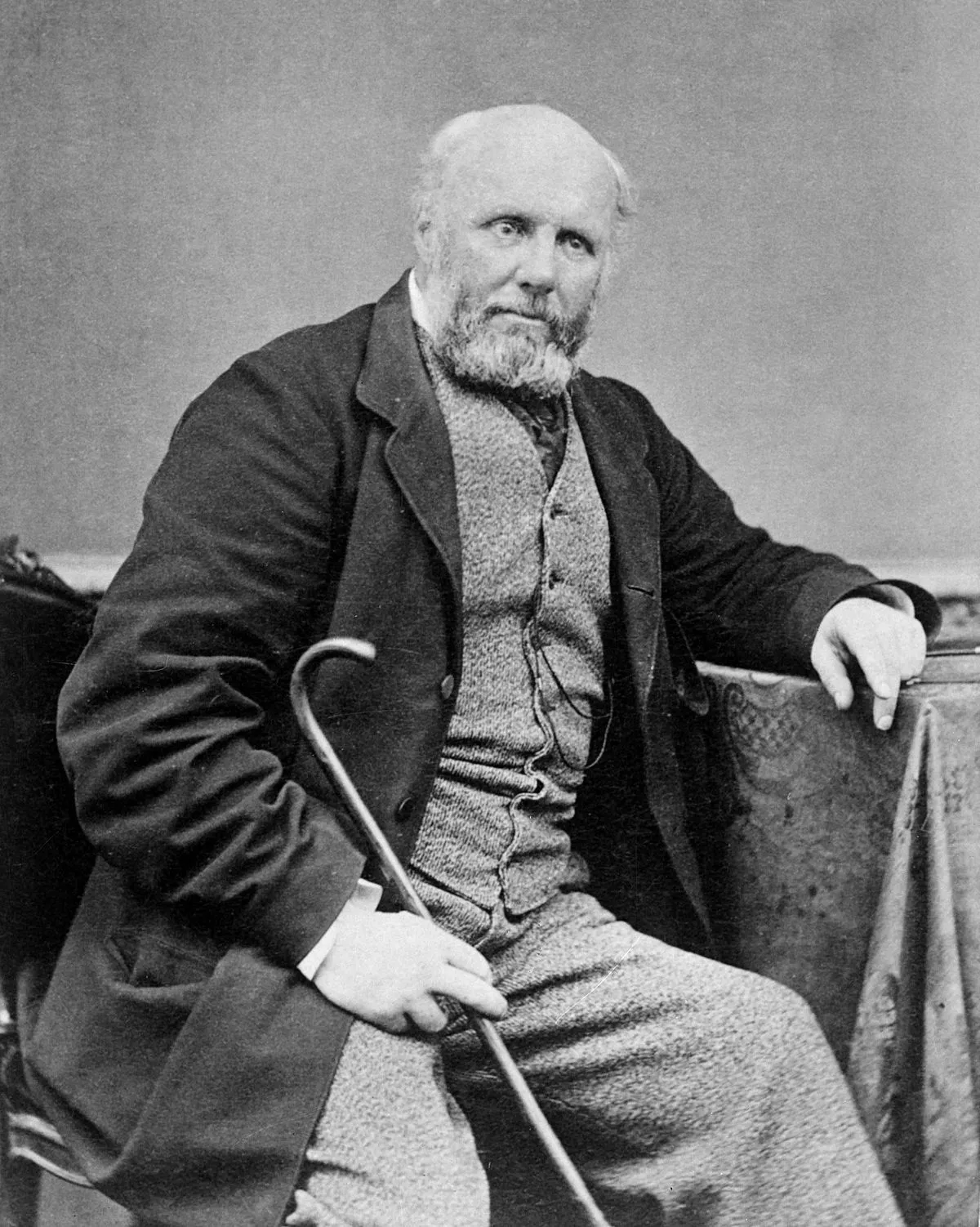 1.
1. Alfred Domett was the fourth premier of New Zealand, a close friend of the poet Robert Browning and author of the epic poem Ranolf and Amohia, a South Sea Day Dream.

 1.
1. Alfred Domett was the fourth premier of New Zealand, a close friend of the poet Robert Browning and author of the epic poem Ranolf and Amohia, a South Sea Day Dream.
Alfred Domett entered St John's College, Cambridge, but left the university in 1833.
Alfred Domett spent 1833 to 1835 travelling in the United States, Canada and the West Indies.
Alfred Domett emigrated to Nelson, New Zealand, on the Sir Charles Forbes, departing Gravesend on 1 May 1842 and arriving in Nelson on 22 August with 187 settlers.
Alfred Domett was editor of the Nelson Examiner from c 1843 to 1845 and was again editor, briefly, in 1857.
Alfred Domett published a supplement to the paper concerning the Wairau Affray in 1843, and continued to write occasional contributions for that paper.
Alfred Domett married a widowed schoolteacher, Mrs Mary George of Wellington, on 3 November 1856.
Alfred Domett had two sons, John George who joined the Colonial Forces and was killed during Te Kooti's War, at the Battle of Te Porere near Tongariro, and James George.
Alfred Domett contributed poems to Blackwood's Magazine, one of which, A Christmas Hymn, attracted some attention locally.
Alfred Domett continued to write poetry all his life, in the style of rhyming panegyrics such as An Invitation, with its allusions to the sub-tropical flora and threatened inhabitants of countries such as New Zealand:.
In February 1854, Alfred Domett took up the position of Commissioner of Crown lands and resident magistrate in the Ahuriri district of Hawke's Bay.
Alfred Domett was a member of the New Zealand Legislative Council from 19 June 1866 until 3 July 1874, when his membership ceased as he had returned to the country of his birth for his final years.
Alfred Domett retired in 1871 and he and Mary returned to England.
Alfred Domett died in Kensington, close to Central London, on 2 November 1887.